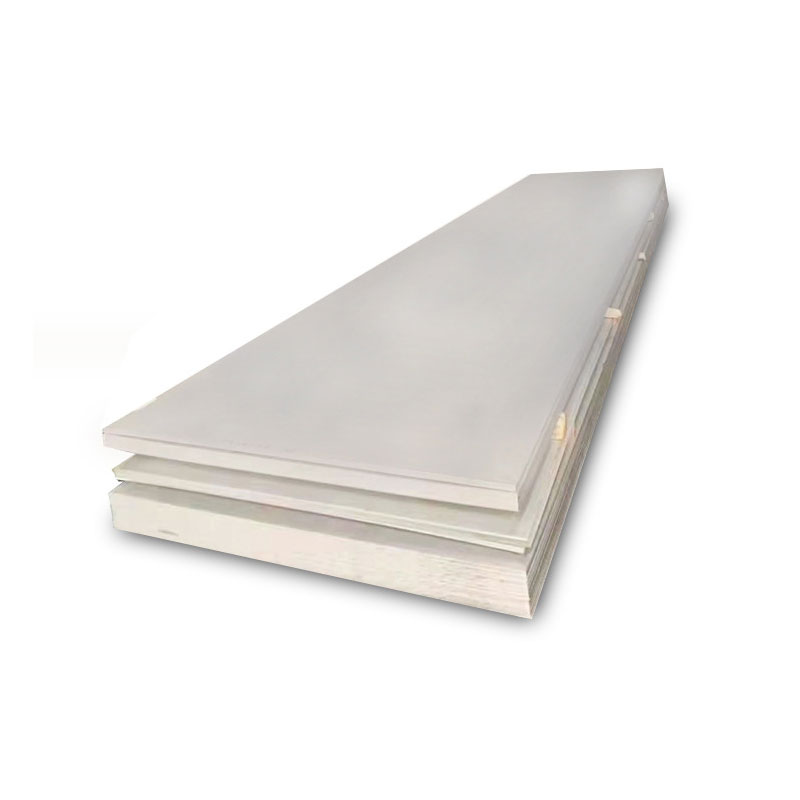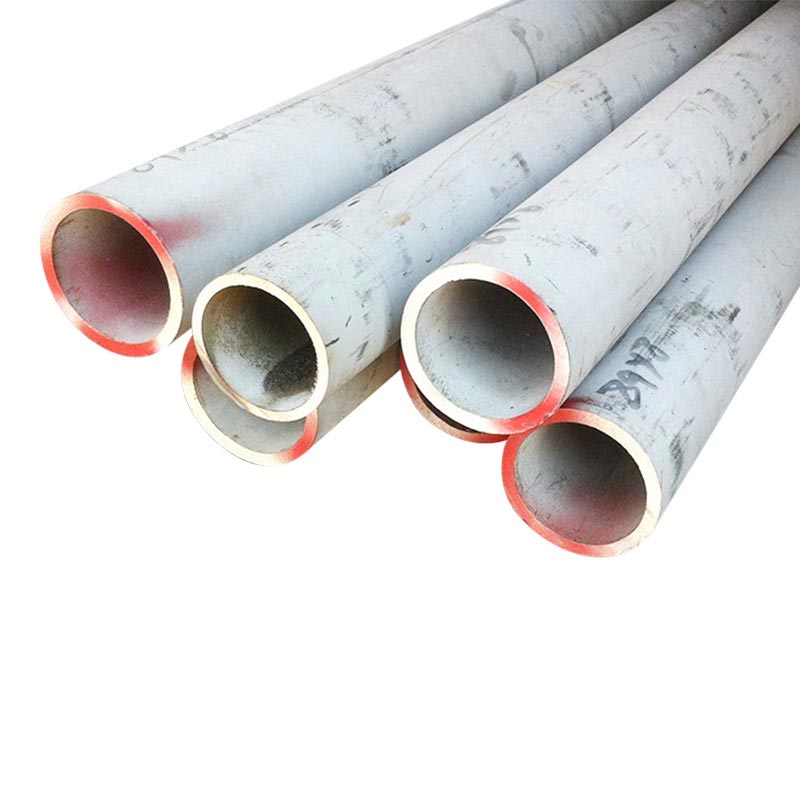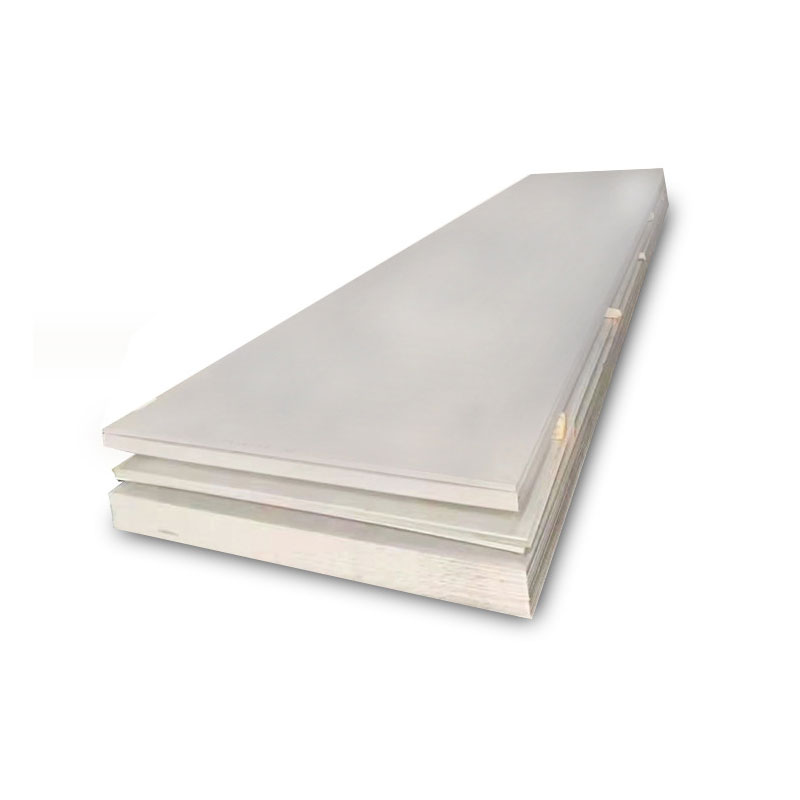Industry News
 23 2025-07
23 2025-07 Key Considerations When Selecting Stainless Steel Sheet?
When choosing Stainless Steel Sheet products, the thickness standard for profiles is designed to ensure product safety and functionality while adhering to modern energy-saving and environmental protection requirements.
 23 2025-07
23 2025-07 How to Bend Stainless Steel Sheet?
Stainless Steel Sheet can be bent when heated to a red-hot temperature. Due to its lower thermal conductivity and reduced elongation compared to mild steel, greater forming force is required. Additionally, 321 Stainless Steel Sheet exhibits stronger springback tendencies than carbon steel during bending.
 16 2025-07
16 2025-07 How to Distinguish the Quality of Stainless Steel Tubes?
Customers often wonder why there is such a significant price difference between Stainless Steel Tubes, with some costing just over a hundred per square meter while others exceed a thousand. So, how can one differentiate between good and poor-quality Stainless Steel Tubes?
 16 2025-07
16 2025-07 What Are the Common Applications of 304 Hot Rolled NO.1 Stainless Steel Sheet?
304 is a versatile type of stainless steel widely used in manufacturing equipment and components that require excellent overall performance (corrosion resistance and formability). To maintain the inherent corrosion resistance of stainless steel, the alloy must contain more than 18% chromium and 8% nickel.
 12 2025-07
12 2025-07 How to Test the Hardness of Carbon Steel Coil and Its Applications in Mechanical Processing
Testing the hardness of Carbon Steel Coil is essential to ensure its suitability for various industrial applications. The most common methods include the Rockwell, Brinell, and Vickers hardness tests. The Rockwell test measures depth penetration under load, while the Brinell test uses a steel ball to create an indentation.
 12 2025-07
12 2025-07 How is the Tensile Strength of Carbon Steel Sheet? What Are the Main Uses of Carbon Steel Sheet in Manufacturing?
Carbon Steel Sheet is widely used in manufacturing due to its excellent mechanical properties and cost-effectiveness. The tensile strength of Carbon Steel Sheet varies depending on its carbon content and heat treatment, typically ranging from 370 MPa to 1,500 MPa. Higher carbon content generally increases the strength but reduces ductility.

